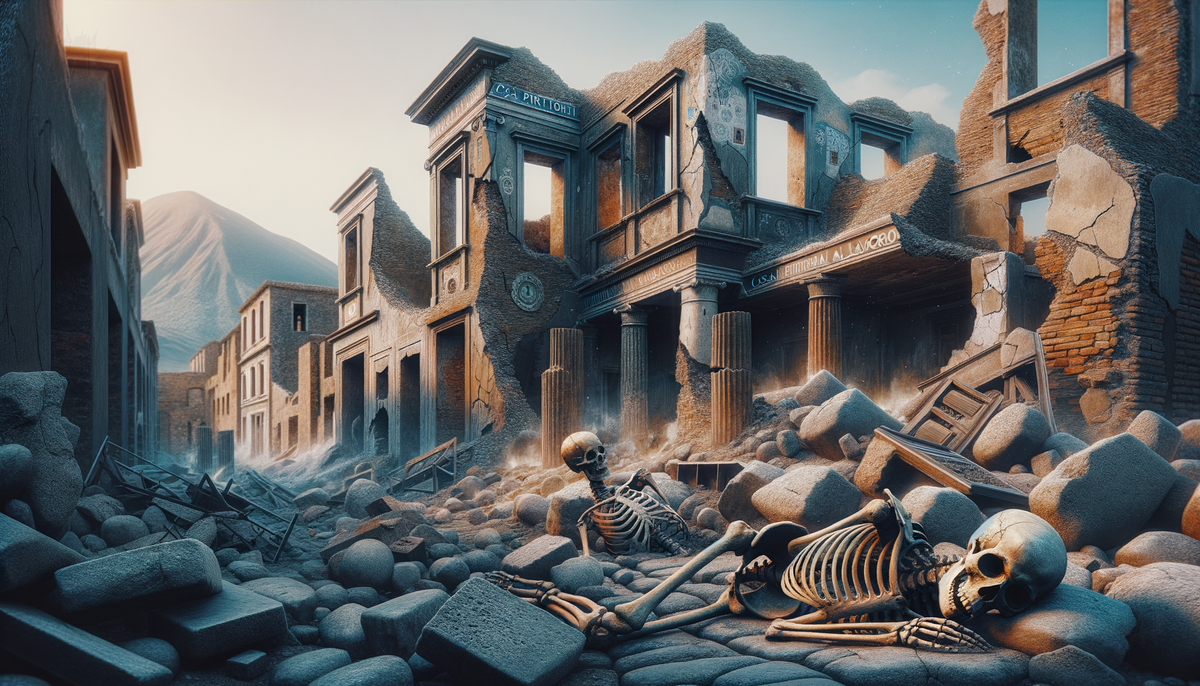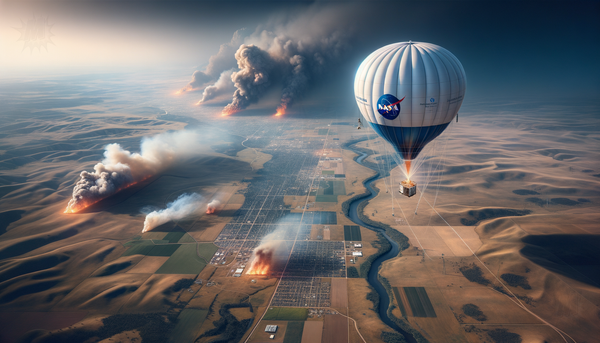New Study Reveals Second Force Contributed to Pompeii Death Toll

Researchers from Italy's National Institute of Geophysics and Volcanology (INGV) and the Pompeii Archaeological Park have uncovered evidence suggesting that violent earthquakes played a significant role in the destruction of Pompeii during the eruption of Mount Vesuvius in 79 CE. The study, published in the journal Frontiers in Earth Science, detailed the discovery of two skeletons with severe fractures and trauma injuries in the "Casa dei Pittori al Lavoro." The findings indicate that these individuals, both males around the age of 50, likely survived the initial volcanic eruption but were killed by subsequent seismic activity that caused buildings to collapse.
This study is the first to report on the concurrent effects of volcanic and seismic events during the eruption, which have been difficult to distinguish due to their overlapping impacts. Researchers noted that seismic activity likely influenced the choices of residents, some of whom may have thought they were safe after the initial eruption only to be caught by the ensuing earthquakes. The findings provide new insights into the multifaceted nature of the disaster, suggesting that the combination of volcanic and seismic forces significantly contributed to the high death toll and the widespread destruction of the ancient city.




